The Republic of Zambia is a state located in the south central part of the African continent. The country has a territory of 752.6 thousand km2 and a population of more than 11 million people. English is the official language, and the religious faith is Christianity and African traditional beliefs.
This is what the modern flag of Zambia looks like:
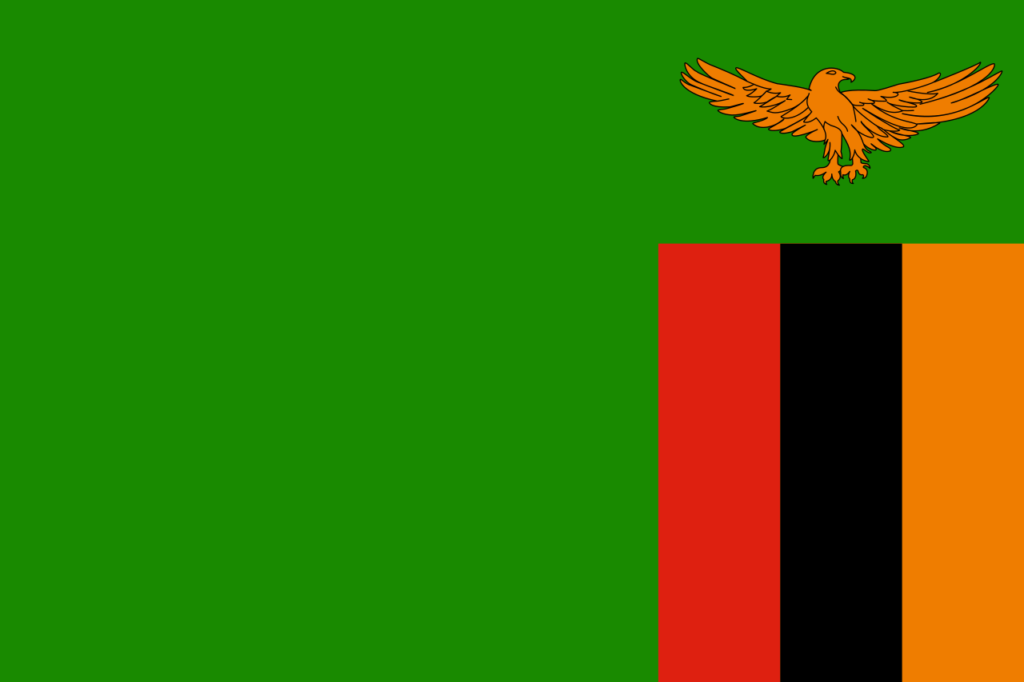
History of the flag
The borders of modern Zambia were formed at the turn of the 19th and 20th centuries, during the partition of Africa between European countries.
The initial plans to colonize the country were hatched by Portugal, however, it failed to win the competition with Britain and in 1890 the latter declared the region, which included Zambia, an area of its own interest. At that time the territory was called Northern Rhodesia. The British flag was used as the official symbol.
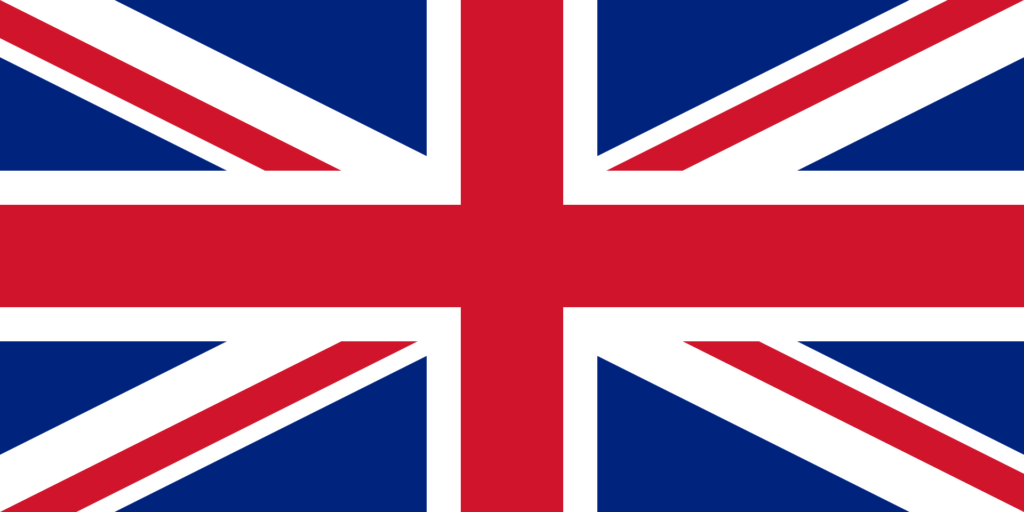
During the same years, the trading company BSAC («British South Africa Company») controlled the country’s mineral resources, agriculture, and railroads. The company flag, along with the British state flag, was also used to denote ownership of the territory.
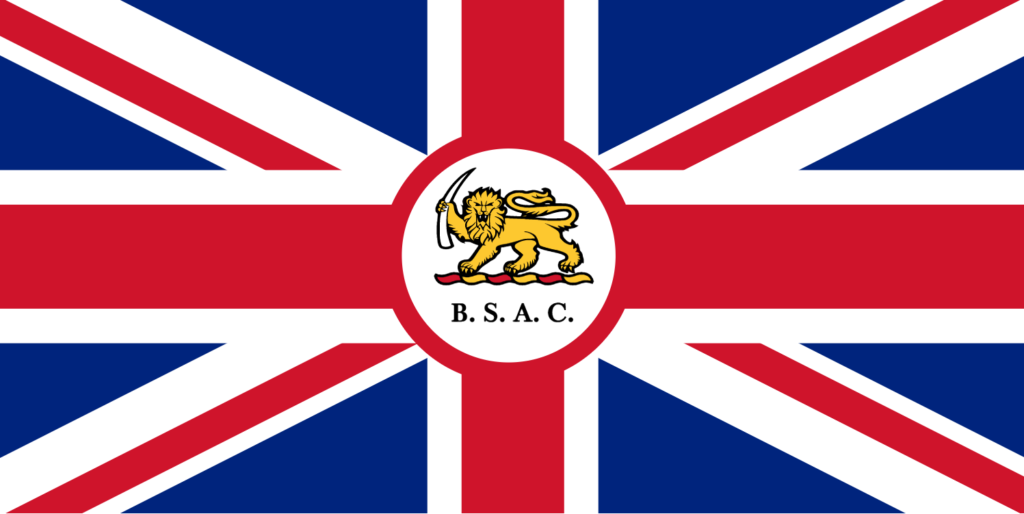
In the 1930s, a symbol was developed, similar to those developed for the colonial territories of the Kingdom. The blue cloth had the British flag in the upper corner (at the stem) and the coat of arms of the colonial possessions in the right side. In the case of Northern Rhodesia, the coat of arms was a picture of a shield, inside which was a yellow eagle with a silver fish in its paws. Below the bird is a drawing imitating Victoria Falls.
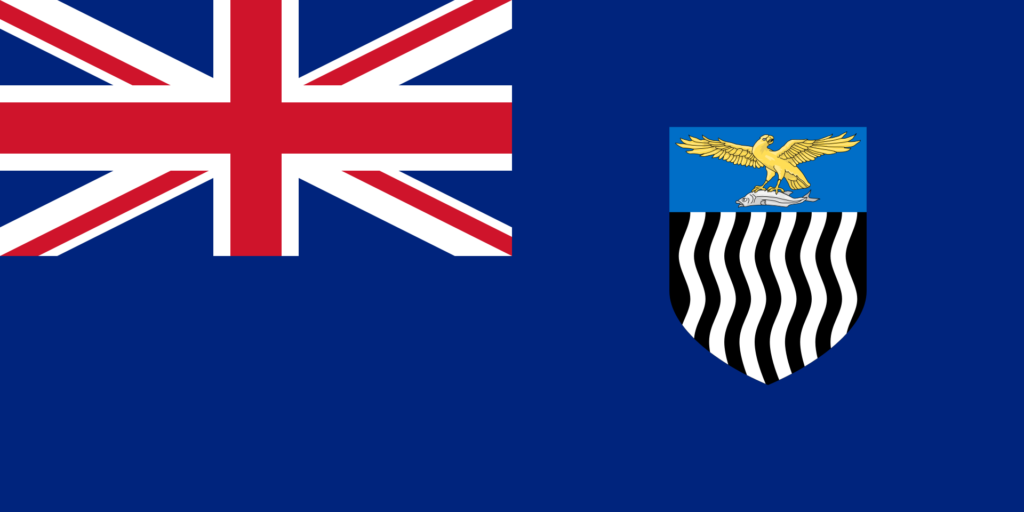
In 1953, the country joined the Central African Federation (CAF), of which Southern Rhodesia and Nyasaland (now Malawi) were also members.
During the existence of the CAF (1953-1964) the official symbol of the state repeated the general appearance of the previous one, except for the coat of arms, instead of which the federation’s coat of arms was used, featuring a shield with a picture of a sunrise against a blue sky and a red lion leaning on imitating waterfall jets.
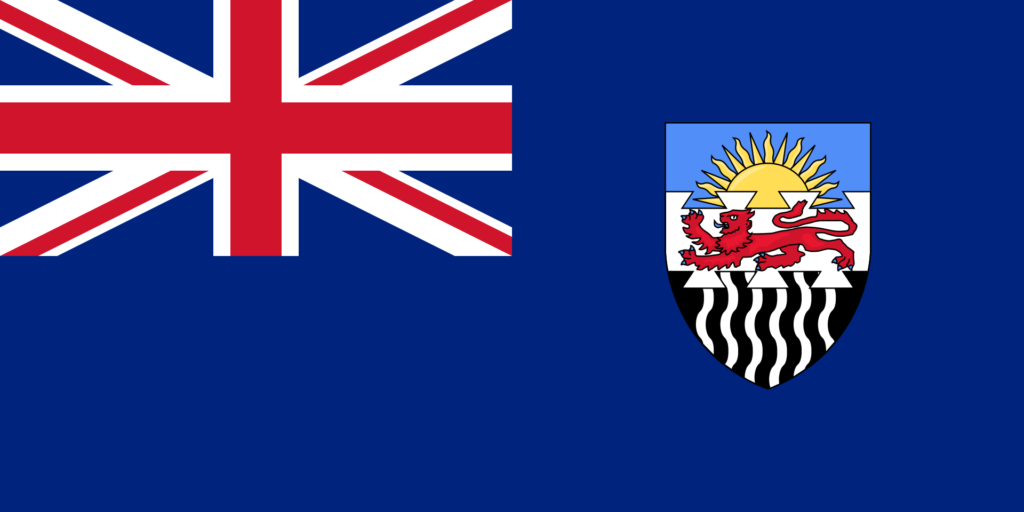
At the end of 1963 the federation dissolved, and the states that comprised it gradually became independent.
The state symbol of the Republic of Zambia was officially adopted in October 1964, when Zambia finally gained independence from Britain.

In 1996, the Zambian flag was slightly modified with brighter colors.
Description
The cloth has a rectangular shape with a 2 to 3 aspect ratio. The main background is bright green. In the bottom corner, on the opposite side from the stem, a tricolor of equal vertical stripes of red, black and orange is drawn. The height of the stripes is 2/3 the width of the flag and the total width is 1/3 the length.
At the top of the tricolor is an orange shrieking eagle with outstretched wings and its head pointing toward the staff.
Flag colors
Four colors are used on the official symbol of Zambia: green (main background), red, orange, and black.
Meaning of colors and flag symbol
The colors of the Zambian flag symbolize:
- Green — natural riches;
- Red — blood spilled for the country’s freedom;
- Black — the population of the republic;
- Orange — the country’s mineral resources and primarily copper.
The eagle represents the supremacy of the people of Zambia over state issues.
Other Flags
The official insignia is accepted for use by all government agencies, land organizations of the country, its armed forces and civilians.
General information about Zambia
| Official language | English |
| Capital | Lusaka |
| Territory | 752 614 km2 |
| Population | 16 100 587 people |
| Currency | Zambian Kwacha (ZMK) |
| Phone Code | +260 |





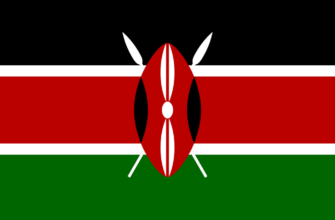




Как женщина, я хотела бы выразить свое восхищение флагом Замбии! Его яркие цвета и символика так глубоко отражают богатое природное и культурное наследие страны. Орел на флаге, символизирующий свободу и силу, служит напоминанием о борьбе замбийского народа за независимость. Интересно, как каждый элемент флага передает историю и ценности страны. Надеюсь, что больше людей обратят внимание на этот прекрасный символ Замбии и узнают о её замечательной культуре!
Thank you for sharing your thoughts! I totally agree—the Zambian flag is truly captivating. It reminds me of a time I visited Zambia and saw how proud people are of their heritage. Every color and symbol tells a story, and it’s great to see others appreciating that beauty too!
Недавно я изучала флаги разных стран и особенно меня впечатлил флаг Замбии. Мне понравилось, как на нем изображен орел, символизирующий свободу и силу. Это напомнило мне о путешествии в Африку, где я встретила много вдохновляющих людей и их культуру.
When I visited Zambia, seeing the flag flutter in the wind made me feel connected to the culture. The green symbolizes the land, while the eagle represents freedom. It reminded me of my own travels and how flags tell unique stories about a nation. Such a powerful symbol!
Growing up, I had a Zambian flag in my room that my aunt brought back from her trip. It always reminded me of my roots and filled me with pride. When I finally visited Zambia, I felt an incredible connection to my heritage, just like the flag symbolizes.
The Zambian flag always reminds me of my trip to Zambia! I was lucky to participate in a local festival and felt the pride in every wave of that flag. It was amazing to connect with the culture and see how much it means to the people. Grateful for that experience!